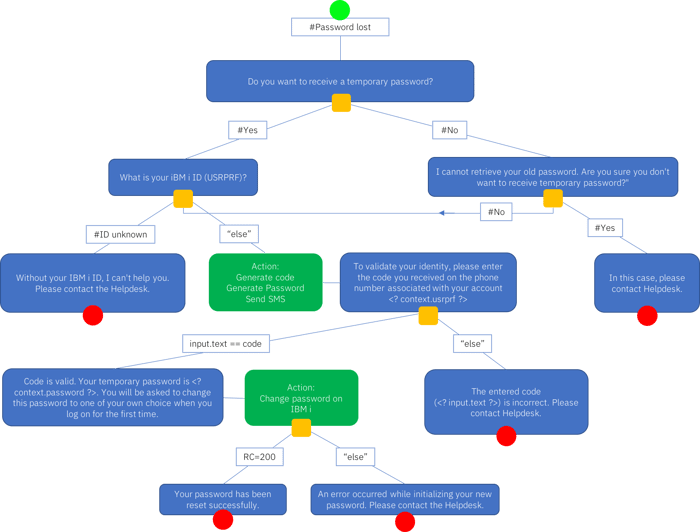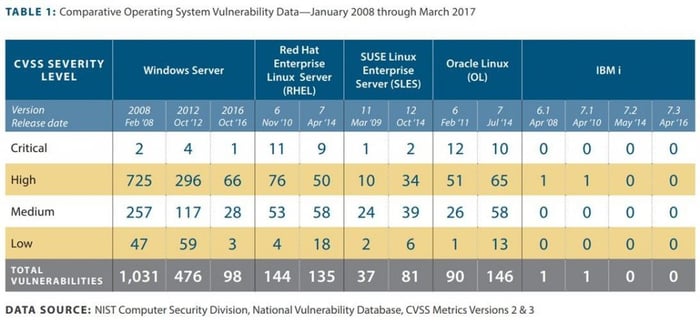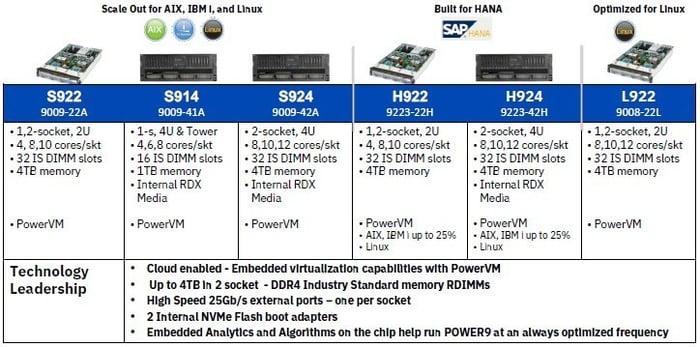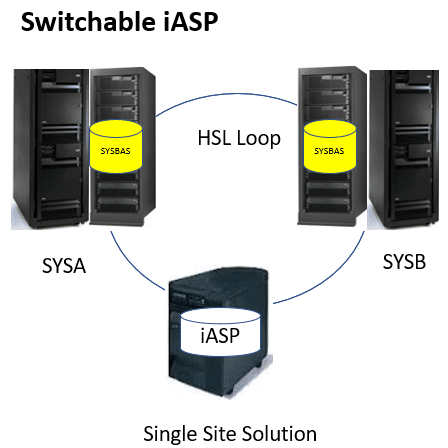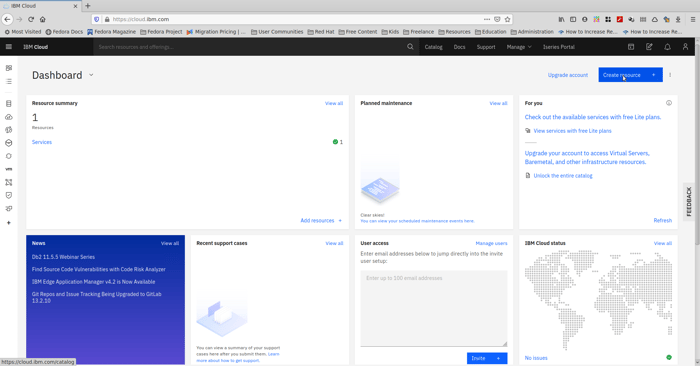Ransomware is a malicious malware that blocks access to a file, device, or system and demands a ransom fee to regain access. This is an illegal money-making method that utilizes deceptive links in websites, emails, or instant messages. Ransomware is a great challenge affecting most online users and hence you need to be educated on this matter to be able to prevent it from happening to you or to know how to navigate if you become an unlucky victim. The effects of ransomware are immense,...
AS400 IBMi and AI
We all know and have worked on the AS400 for years, we still did when it was called the Iseries and we still do when it is called the IBMi . Apart from the changes in name that many people are comfortable and not comfortable about, there is one question that definitely bothers everyone who is associated with this wonderful platform – What is the platform’s direction going to be in the future especially with it being brushed off as legacy while new waves of ERPs and AI seem to be the in thing...
The cost of security on IBMi (AS400)
It is a well known fact that we are witnessing cyber crime like never before. Ransomwares, viruses and many other instances of malware are floating all over the internet plus targeted attacks of corporate espionage is something of concern to many organizations as well. Even for a desktop at home, it goes without saying that we would have to worry about extra costs of security like anti virus softwares, anti malware, ransomware protection and firewalls. At risk here is your personal data,...
The future of IBMi(AS400) and IBM Power Systems
The Developments on the IBMi platform are almost as classic as the Fitzgerald fiction novel depicting Benjamin Button where the protagonist is born old and gets younger as time passes. IBMi instead of getting “older”, becoming a legacy system and fading away is becoming more and more shinier and interesting. The advancements and the roadmap are only making the IBMi younger, better and more flexible. With IBM acquiring RedHat, there is a lot of potential of cutting edge technology integration...
Quick Ansible Implementation – All needed files and commands included
If you do not have Ansible already installed then you can install using the command below. (All commands and files used are available for download at the end of the guide) yum install ansible -y Create an Ansible directory in your home folder and navigate inside it. All files reside in this directory and all commands are run from here. 2. Use vim ansible.cfg to create the ansible configuration file and populate the file with the following. (You can download the code and the file at the end of...
OpenShift on your Linux Desktop/Laptop – Complete Walkthrough
Note: – This walkthrough uses Fedora 30 and uses a desktop so would work for similar configurations. Also you need to have atleast 4vCPUs, 9GB RAM and 35GB disk space. The RAM is a hard stop so make sure you have around 10GB on the Desktop/Laptop that you are using to install comfortably. You would have to register for a free redhat/developer account. Download the Code Ready container archive from this link – https://developers.redhat.com/products/codeready-containers/overview 2. Extract the...
Demystifying IBMi Cluster – Part 2
Important things to know about nodes and clusters. IBM i cluster resource services provide mechanism and management services. These services group IBM i systems, partitions and resources working together as a unified system. Clusters provide application availability and highly available disk pools. An IBM i cluster can have one or more nodes up to a maximum of 128. A node can only be a member of only one cluster. During cluster configuration resources (nodes, disk pool, Takeover IP address,...
In 5 easy steps – Create a Kubernetes cluster on IBM Cloud
Do you want to try out Kubernetes on IBM Cloud for free? Read along for step by step instructions! (Disclaimer – Note that for some geographies, you might have to provide a credit card for a free trial but you still won’t be charged for the free tier that this guide uses.) 1. Sign up for an IBM cloud account and login to the dashboard. 2. Select Kubernetes cluster from the featured section, If it does not show then you can search the catalog from the text box above. 3. Select the free plan for...
Private Cloud
Private Cloud – Like Dropbox and Google Drive? Yes, you read that right. You can have a private cloud right in your premises on your own local storage using internal disks, adding an FTP/SFTP connection to one of your file share servers, even use SMB to connect to one of your windows servers and it has sync ability with clients available for IOS and Android plus desktop integration on Mac, Windows and Linux.
Demystifying IBMi Cluster – Part 1
IBM i hardware based high availability & disaster recovery technologies are being embraced by a number of big and small enterprises. The cornerstones of IBM i hardware based high availability & disaster recovery are iASP and IBM i Cluster A switchable iASP is a low cost, single site high availability solution where all resources including iASP in a standalone tower can be switched between two POWER system servers or between multiple LPARs on a single system. IBM i hardware based high...


